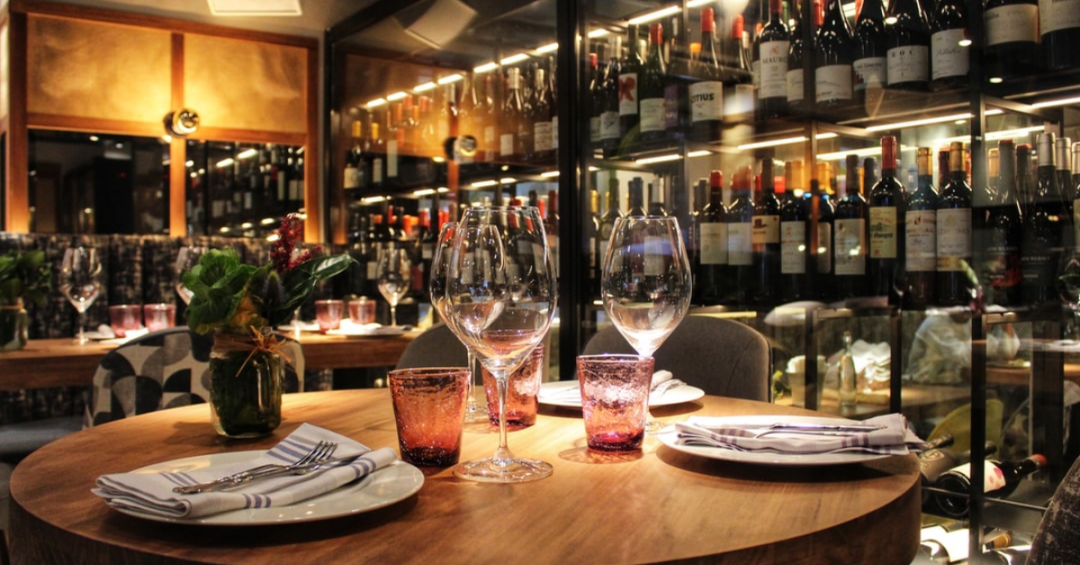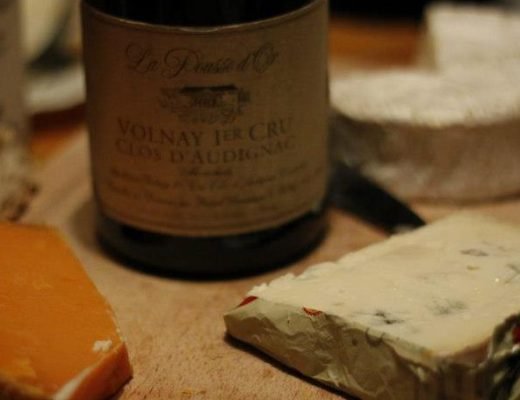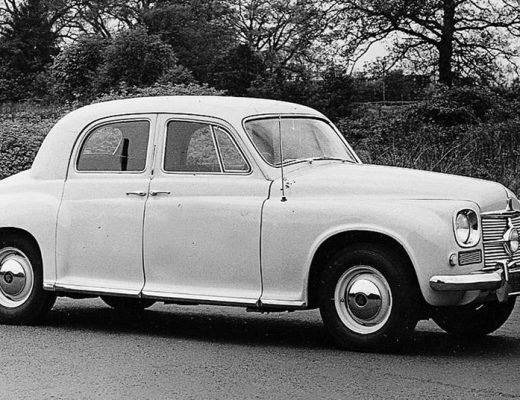Understanding the wine list, or even a sommelier’s spiel about a restaurant’s offerings, has long driven fear into the hearts of diners.
Wine is a complex subject that has impressed and intimidated its drinkers since time immemorial. The number of variables to comprehend is overwhelming: wine producer, vineyard region, grape variety, vintage, etc. Despite endless recent industry calls to simplify wine messaging, I would argue that understanding the wine list is no simpler a task.
The quantity of winemaking areas and grapes being cultivated has grown exponentially. Regions that previously exported very little are making waves internationally. Winemaking styles have evolved. Experimentation is rife. It is an exciting time in the world of wine, but it is also a confusing one.
Paradoxically, wine list entries seem to be getting shorter in many a trendy wine-focused bar/bistro/restaurant. At a glance, this might seem like a more approachable technique. However, I wonder if it isn’t actually just the opposite?
The other day, I went out for a drink with some friends who enjoy wine, but don’t profess to know much about it. They scanned the by-the-glass wines, shrugged and ordered cocktails. Why? Because how on earth is the average wine drinker supposed to know what this means?
VDF, cuvée name, Domaine XYZ, 2019
Even an aficionado, unless they happen to be familiar with the particular estate and wine, isn’t going to understand more than that this is a Vin de France from the 2019 vintage. The wine list author might just as well have written French wine and left it at that.
Not wanting to be rude and spend ten minutes looking up wine details on my phone, I decided to let the sommelier guide me. After all, with a wine list so opaque, you have to assume that this is what the establishment wants you to do.
My plan backfired. With a line up of patrons eager to enjoy the socially distanced terrace, our waiter was in no mood to expound on each wine list entry. I broadly explained wine styles I like (and don’t), he insisted that only one red from their list would meet my needs.
He poured the wine. It was dull with a hollow mid-palate and an artificial caramel flavour on the finish. I sighed but, unwilling to bore my friends further, accepted the drink.
I cannot count the amount of times that I have been faced with situations similar to this in recent times. For me, ordering wine in a restaurant has become an experience fraught with potential disappointment. Not only are obscure sub-regions, or worse, vast generic appellations often given as the only indication of a wine’s origin, but even if the list offers greater detail, there is no guarantee that the wine in question will taste anything like what is (or once was) typical for said place.
It is not that I believe that wine regions and styles should remain static. It is only natural that what is typical from a wine region in 2021 is not necessarily what was so in 1990, or 1950. It is also exciting to taste wines from an estate pushing the boundaries of their region’s most recent iteration of typicity. But, it can also be incredibly frustrating if you were expecting a certain flavour profile and received something very different.
This is what I find so curious about wine service in so many places today. If a restaurant served a spiced, savoury take on a classic chocolate cake, they would never just write chocolate cake on the menu and fail to inform customers of the flavour twist. And yet, no such compunction exists with regards to wine lists.
I ordered a Faugères from a chalkboard list a while back. I chose it expecting a ripe, rich, velvety wine. I received a thin, acidic, faintly sour red. When I expressed my displeasure, the waiter protested that the wine was from a revered, up-and-coming estate, and perhaps I hadn’t understood the style? Maybe I would have liked the wine if I had known what to expect, or maybe I would not have ordered it, being a pretty anemic choice to pair with steak.
I will say it again. Wine is complex. And complex subjects require explanation.
Perhaps a laundry list of country, region, regional hierarchy, lieu-dit, grape, and vintage doesn’t make understanding the wine list any easier. At the very least though, it provides many points of access for consumers to begin to explore wine’s nuances. A cryptic, short form wine list speaks only to the initiated, excluding all others.
A simple list may work in an establishment where knowledgeable waitstaff are readily available to carefully explains, in layman’s terms, how a wine will taste (being honest about facets of a wine that customers might not be familiar with, or like, such as a tannic white wine or a red wine heady with volatile acidity). How many such places really exist though? And how many customers feel confident that they can accurately explain what they want in a wine?
I would love to see more descriptive wine lists, where the wine style is clearly stated and the words a good sommelier might use to convey flavours are clearly written out, painting an olfactive picture for consumers. Perhaps in this scenario, we could draw more people towards the wine list and away from the cocktail menu.
End of rant.





No Comments